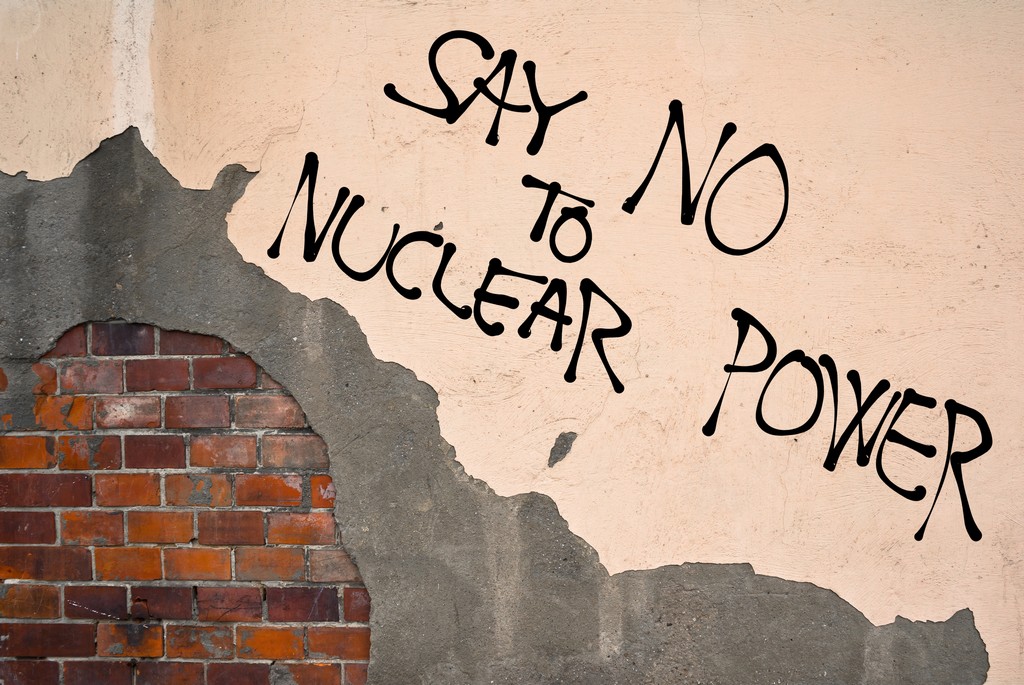Why going nuclear won’t solve our energy crisis
- September 19, 2016
- 2

This story is the third of a three-installment feature on the Bataan Nuclear Power Plant. Read more on the previous discussions on the pros and cons of opening the Bataan Nuclear Power Plant, and whether or not the Philippines should build a new nuclear power plant instead.
Nuclear energy has always been met with different concerns – safety hazards due to the plant’s site, which is in close proximity to two volcanoes and three fault lines, as well as the series of nuclear plant accidents like the Three Mile Island, Chernobyl, and Fukushima.
One of the most possible disasters that nuclear power plants can bring is called a meltdown, where the fission reaction of an atom goes out of control and leads to a nuclear explosion. This explosion will release large amounts of radiation.
Despite these concerns, many advocates are still pushing for the use of the $2.3 billion Bataan Nuclear Power Plant, which has never generated a single watt of power but costs P50 million in maintenance per year.
20 tons of uranium, which fuels nuclear power plants, can be used over a span of 18 months. However, nuclear energy is not a sustainable source of energy. Uranium is a scare resource, found in only a few countries, and is said to possibly run out in 30 to 60 years.
The premise that nuclear has zero emissions is not completely true – the mining and processing of uranium, as well as plant construction all produce greenhouse gases.
Uranium won’t decrease the country’s dependence on foreign fuel either – more than have of the world’s uranium supplies come from only three countries, processed by six countries and reprocessed by only one country.
For the Philippines, which has the second highest electricity rate in Asia, cheap costs of nuclear energy can lower power rates to P2 per kilowatt-hour (kWh), compared with the current prices which can go as high as P8 per kWh.
It must be taken into account that building a nuclear power plant, or even rehabilitating one, will take at least five years and will involve cost overruns. Funding may come from either the private sector or the state coffers, but customers will still shoulder surcharges for years before recovering from the costs of the power plant.
Energy committee chairman Senator Win Gatchalian said the proposed $1 billion budget for the plant’s rehabilitation could be better used for other projects.
“The Bataan Nuclear Power Plant is a rundown relic from an era long gone. Over three decades of innovation in nuclear energy separate it from modern nuclear power plants. The $1 billion investment it would take to refurbish the plant would be better spent on more feasible generation projects,” he said.
Spent nuclear fuel is highly radioactive and needs proper disposal and safety measures. Two years ago, The Guardian published photos of a nuclear plant’s storage ponds filled with radioactive fuel wastes, which prompted debates on the proper disposal of nuclear wastes.
There are many risks that come with nuclear power, and in a country that can barely fulfill its responsibility for the upkeep of its public transportation, what assurance is there that abiding by nuclear energy standards will not be met by neglect?
The world is also leaning towards reducing the impacts of climate change. While nuclear energy has little emissions compared to fossil-fueled plants, many insist that funds should instead be channeled to fund renewable energy projects, and “not on promoting the growth of an industry that has repeatedly shown itself to be a highly risky investment.“